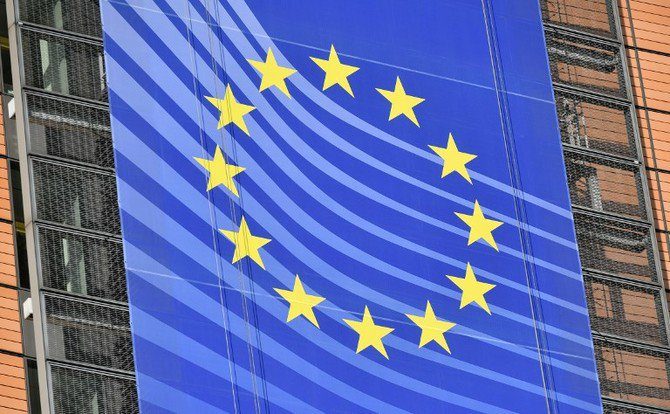Officials had hastened to rewrite the document since the war began in late February, replacing the diplomatic approach where a would-be adversary is unnamed with plain language painting Russia as an aggressor against its neighbor and as a threat to Europe.
"We aim to become a more assertive security and defense actor by enabling more robust, rapid and decisive action, including for the resilience of the Union and our mutual assistance and solidarity," the document read.
It formalizes several initiatives aimed at breathing operational nimbleness into an institution built on lengthy decision-making processes — albeit all in due time. For example, member states want to hammer out by 2023 the "practical modalities" for forming mini-coalitions of the willing, consisting of subsets of members that would deploy to hot spots on behalf of the bloc and under EU Council oversight.
Comment: The last time we heard of a coalition of the willing was the West's illegal and disastrous invasion of Iraq.
Officials have long eyed that mechanism, hiding in plain sight in Article 44 of the EU Treaty, as a justification for short-circuiting the unanimous consent principle during crises. But discussions so far have been largely academic, though French officials indicated they would move the topic along during Paris' six-month turn at the helm of the Council of the European Union that began in January.
Comment: Read: bypassing scrutiny and permit unilateral action.
The document also stresses the European Union's mutual-assistance clause, which obligates members to aid "by all means in their power" those members facing armed aggression. Per the Strategic Compass, EU nations will "continue to invest" in capabilities toward that end.
Comment: Read: drag all member states into the establishment's wars of aggression, whether they agree or not, and raid the little of what's left of the public's wealth to fund it all.
Also part of the Strategic Compass is the plan of creating a 5,000-strong "EU Rapid Deployment Capability" allowing the "swift deployment of a modular force ... in a non-permissive environment" by 2025. EU officials said they would develop "operational scenarios" to guide the formation's future employment during 2022, and begin regular live-fire exercises in 2023 to prepare its forces.
German Defence Minister Christine Lambrecht raised some eyebrows ahead of Monday's ministerial meeting in Brussels by claiming Berlin is offering to provide the entire force of 5,000 for the inaugural year. But as German news site Der Spiegel reported, officers were surprised behind the scenes, and wondered how the Bundeswehr would deliver that amount of personnel plus heavy equipment.
The Defence Ministry eventually clarified that Berlin would contribute the "heart" of the envisioned formation, a battlegroup of roughly 1,500-2,000 forces.
The Strategic Compass also also highlights the bloc's growing relationship with NATO and, above all else, the continent's continued reliance on the United States.
Comment: It's beginning to sound a lot like the much touted 'EU army', led by Germany's military, in league with NATO.
"To uphold the international rules-based order, we will continue to strengthen our relations with partners and like-minded countries in the UN, NATO and G7," the document read. "In this context, the United States remain the EU's staunchest and most important strategic partner and are a global power contributing to peace, security, stability and democracy on our continent."




Comment: So, if one EU country becomes involved in a war, especially a US-led one, all EU member states will be legally bound to get involved militarily?